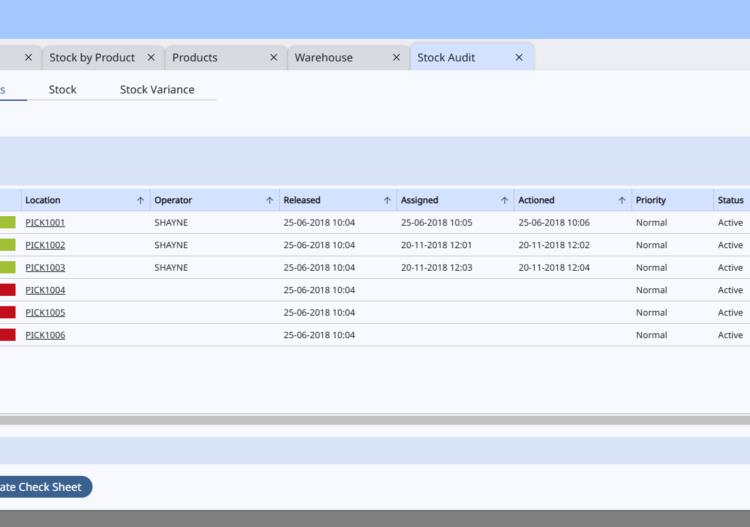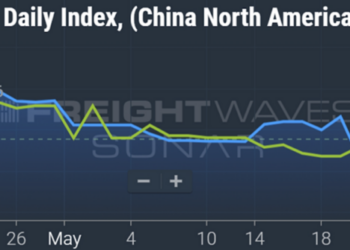The latest market report by SnapFulfil on maximizing warehouse efficiency finds that businesses recognize the value of automation, but many still struggle with the complexities of integrating it. FreightWaves spoke with Brian Kirst, chief commercial officer of the provider of cloud-based warehouse management systems (WMS), about challenges facing modern warehouses.
“I wasn’t too surprised by some of the responses around automation, with the majority of respondents saying that they had automation on their technology road map. Where I was surprised was some of the needs, expectations and requirements around the implementation and integration process,” explained Kirst.
The survey conducted for the report revealed that 42% of respondents identified system integration as their most significant challenge. Additionally, 18% cited a lack of real-time data as a major hurdle, while 16% pointed to inadequate support and training. The demand for seamless integration is especially pronounced among 3PLs, which must accommodate multiple client systems.
Another obstacle to automation adoption remains the cost, but the report and Kirst explained that businesses are increasingly moving past the early-adoption phase and accelerating their automation integration. According to the survey, 56% of respondents expect their automation levels to increase somewhat over the next two years, while 23% foresee a significant increase.
Despite the enthusiasm, challenges remain. The report identifies the lack of skilled personnel as well as resistance to change as primary barriers to automation adoption. Additionally, space constraints were noted by several respondents as limiting factors for implementing large-scale automation solutions.
“We do tend to see resistance from front-line employees adopting new technology. … In reality, it reduces their mistakes and increases accuracy,” said Kirst.
Still, Kirst said, companies are shifting from long-term, five-to-10-year automation plans to more immediate 24-to-36-month strategies. This trend is fueled by the growing realization that software is key to unlocking automation’s full potential.
Warehousing leadership is focused on applying more automation, and Kirst recommends that those leaders diversify their automation strategy for a better outcome. Rather than rely on a single vendor, businesses should explore multiple integration partners to create a tailored automation ecosystem.
User-friendly interfaces were also high on the list, with 17% identifying ease of use as a key factor in WMS selection. The demand for flexibility and scalability (15%) and advanced reporting and analytics (14%) further emphasizes the need for robust WMS platforms that cater to dynamic business environments.
With that in mind, Kirst and his team are showcasing their new user interface at ProMat, a logistics trade show, this week in Chicago. This update introduces a more intuitive navigation system and customizable views. By making the WMS interface more user-friendly, the company aims to lower the learning curve for warehouse workers and increase adoption rates, addressing multiple hurdles within the survey.
In addition to those enhancements, SnapFulfil is launching an Order Management functionality to streamline warehouse operations. This feature will integrate into its WMS, providing greater visibility and control over multichannel orders.
“We took a lot of feedback from customers for these new offerings. … I think these updates continue to drive towards our understanding that warehouse operators can’t be slowed down by not finding what they need when they need it.”
Orderful report: Trucking recovering, but specialized markets still volatile
Global manufacturing is repositioning — but it’s complicated
Shoppers fearful of crime at retail locations
The post SnapFulfil survey: Warehouse automation growing beyond early-adopter phase appeared first on FreightWaves.















